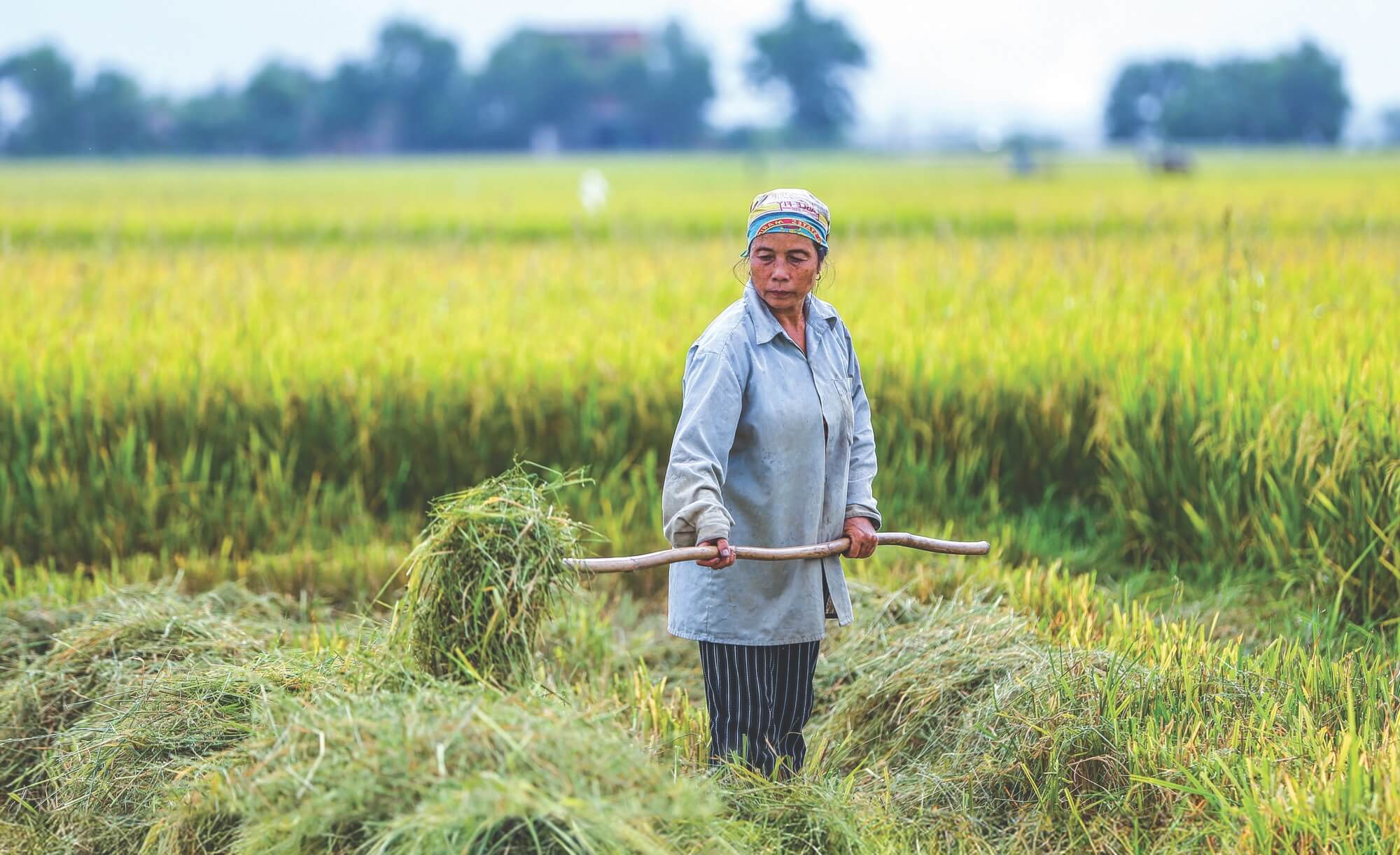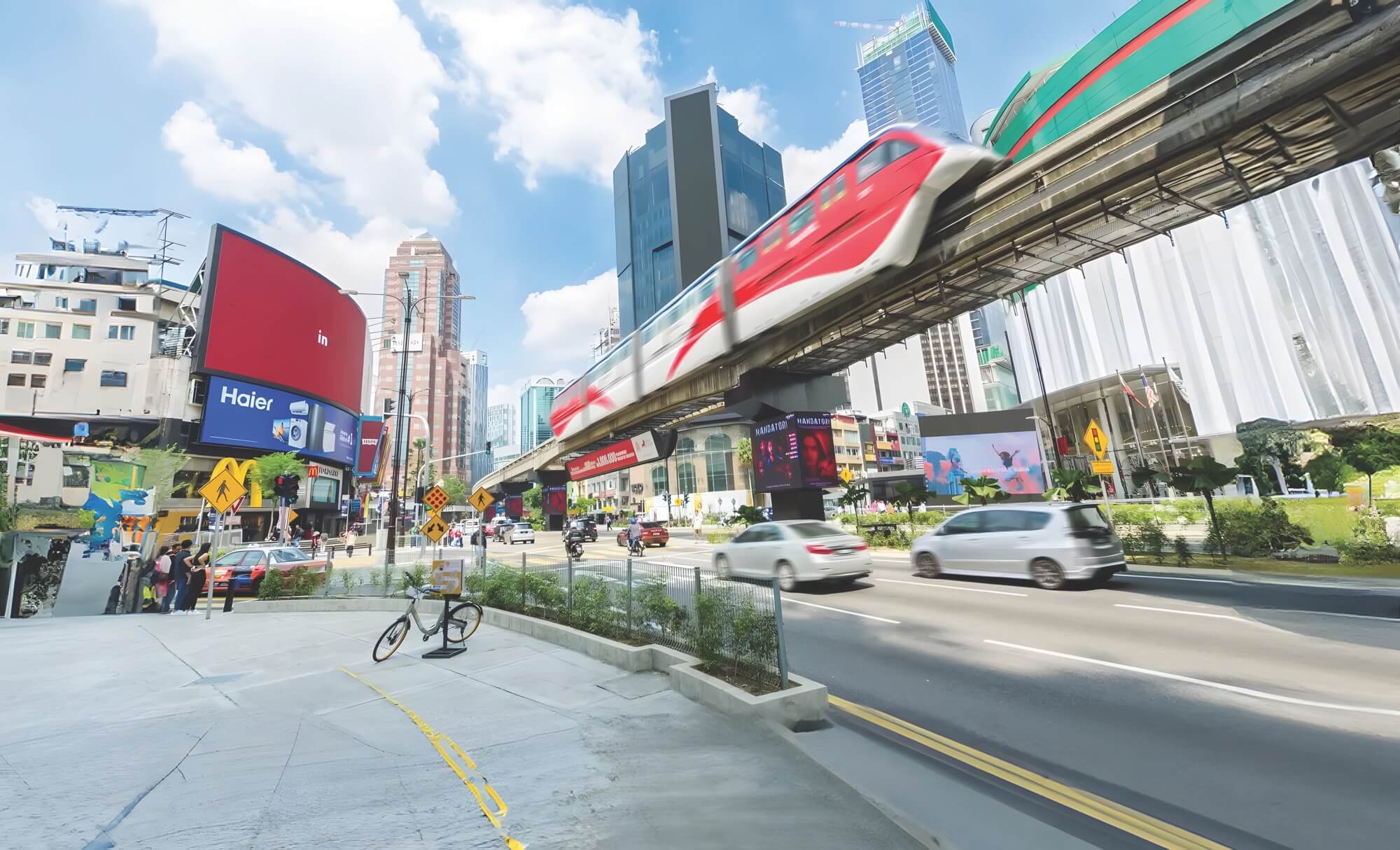



Poverty is a chronic affliction of human society, and a common challenge faced by the whole world. China is the world’s largest developing country, with a population of 1.4 billion. In addition to its weak foundations and uneven development, the nation had long been plagued by poverty.
Since it began to reform and open up in 1978, China has adopted a two-tier management system in rural areas that integrates cooperative management with household contract management, clarified the most basic production relations and inspired the farmers’ enthusiasm, and brought about rapid economic development in rural areas. With the implementation of the Priority Poverty Alleviation Program (1994-2000), the Outline of Development-driven Poverty Alleviation in Rural Areas (2001-2010), and the Outline of Development-driven Poverty Alleviation in Rural Areas (2010-2020), China saw a sharp decline in the population of the rural poor. . Since the 18th CPC National Congress in 2012, China has fought a decisive battle against poverty that is unprecedented in scale and intensity and has benefited the largest number of people in human history. Through eight years of hard work, China has secured a complete victory in the battle against extreme poverty and achieved the poverty alleviation goal set in the UN 2030 Agenda for Sustainable Development 10 years ahead of schedule.
China has brought about a historic resolution to the problem of absolute poverty. At the end of 2020, the 98.99 million people in rural areas who were living below the current poverty threshold are no longer considered poor. All the 128,000 impoverished villages and 832 designated poor counties have gotten rid of poverty. China has eliminated poverty over entire regions and eradicated extreme poverty. The per capita disposable income of the rural poor increased from 6,079 Chinese RMB in 2013 to 12,588 Chinese RMB in 2020, up by 11.6 per cent per annum on average. Those who were poor now have adequate food and clothing and are comprehensively guaranteed access to compulsory education, basic medical services, and safe housing. The fight against poverty also rekindled the people’s desire to seek a better life. They have been inspired to seek prosperity through self-reliance and frugality and have a deeper understanding of markets, technology and innovation.
The strategy of targeted poverty alleviation is China’s strongest weapon in its final battle to secure victory against poverty. We carried out poverty registration to know whom to help; selected and appointed officials on resident working teams to know whom to offer help. Based on the causes of poverty, we applied targeted measures for different groups to know how to help; established a poverty exit mechanism and strictly enforced the criteria to know when and how to deregister those who have emerged from poverty. In addition, China developed a long-term monitoring mechanism to detect any trends that indicate a return to poverty for those who have just emerged from it, whose positions are far from secure, and are on the verge of falling into poverty again. Effective monitoring helps ensure people stay out of poverty.
In 2020, the sudden onslaught of the COVID-19 pandemic, along with several disasters in parts of China, brought many challenges to economic and social development and poverty alleviation programmes. The Chinese government coordinates epidemic prevention and control measures with socioeconomic development. While taking the lead in economic recovery and returning to positive growth, the government strengthened efforts to improve stable employment and carried out measures including poverty alleviation through consumption. This way, China has effectively overcome the impacts of the pandemic and the natural disasters on poverty alleviation.
China will continue to consolidate the results of poverty elimination and advance rural revitalization across the board. In line with the unified deployment of the 14th Five-Year Plan, China will establish a support mechanism for rural low-income populations and underdeveloped areas and continue to promote the development of areas liberated from poverty. Following the general requirements for industry prosperity, ecological livability, civilised rural customs, effective governance, and affluent life, China will take stronger measures and gather more powerful forces to advance rural revitalisation.
This year marks the 30th anniversary of the China-ASEAN dialogue relationship. On 26 October 2021, at the 24th China-ASEAN Summit, Chinese Premier Li Keqiang proposed that China continue to hold the China-ASEAN Forum on Social Development and Poverty Reduction, share experiences and best practices in poverty reduction and rural revitalisation, and help narrow the development gap. In addition, the International Poverty Reduction Center in China will continuously strengthen cooperation with ASEAN countries in poverty reduction experience-sharing, capacity building, knowledge and product development, pilot projects and so on, thus pushing forward new development of China-ASEAN cooperation in poverty reduction and rural development.








